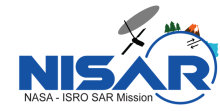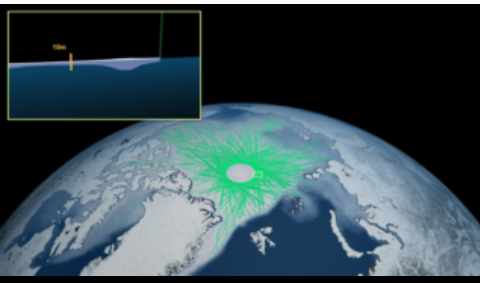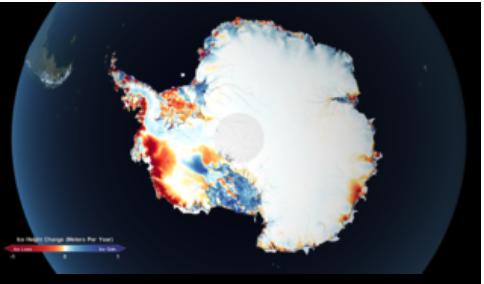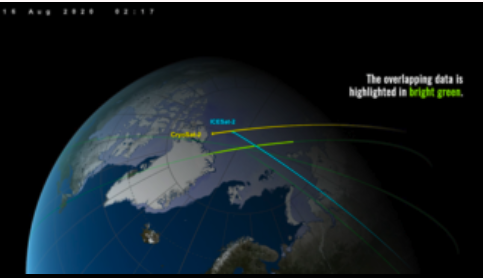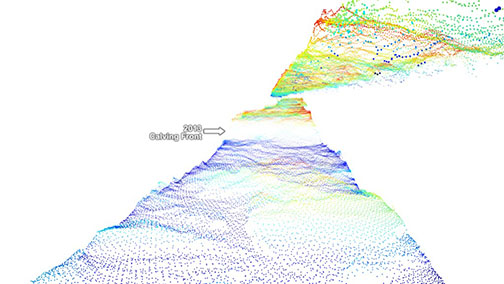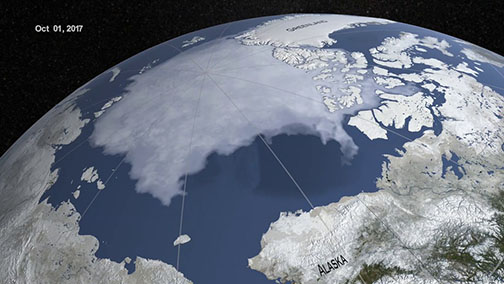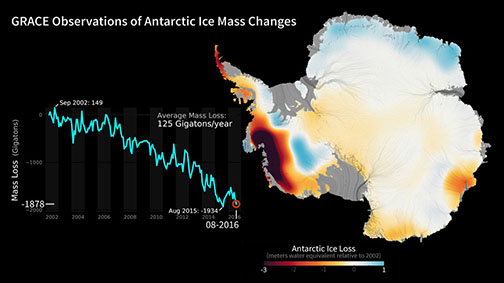
Cryosphere Research
Cryospheric Sciences at NASA
Increases in ice loss from the glaciers of Antarctica, Greenland, and the rest of the Arctic are contributing to sea level rise, while similarly dramatic changes are occurring in the sea ice cover of the Arctic and Southern Oceans. Characterizing these changes and understanding the processes controlling them is required to improve our understanding of the Earth system and forecast the impacts of continued change.
The Earth’s cryosphere covers continent-sized areas in the most inaccessible and inhospitable regions of the globe. NASA’s capabilities in satellite and aircraft remote- sensing are critical tools for understanding the changes occurring there. NASA’s Cryospheric Sciences Program supports studies based on satellite and aircraft remote sensing observations to understand the factors controlling changes in the ice and its interaction with the ocean, atmosphere, solid earth, and solar radiation.
News from the Cryosphere Program
02/26/2024
Please see this PDF for the third edition of the NASA Cryospheric Sciences Program Newsletter!
07/10/2023
As we are well into our Year of Open Science at NASA, please see this infographic outlining tools and resources for scientists looking to perform their research and work in a more open fashion!! Thank you to Charlotte and Kenza, recent gradutes from Yorktown High School in Arlington, VA for your work on this!
4/17/2023
Congratulations to the recently selected awardees from our A.32 Studies with ICESat-2 solicitation! Read more about their science here.
9/14/2022
Please see this PDF for the second edition of the NASA Cryospheric Sciences Program Newsletter!
6/15/2022
We recently held a town hall meeting to discuss the implementation of dual-anonymous peer review for the A.32 Studies with ICESat-2 program element of ROSES-2022. In dual-anonymous peer review, not only are proposers unaware of the identity of reviewers, but the reviewers do not have explicit knowledge of the proposing teams and institutions during the scientific evaluation of the proposal. The town halls discussed (1) an overview of the ICESat-2 solicitation, (2) the motivation for switching to dual-anonymous peer review, (3) how dual-anonymous peer reviews work, and (4) how to write proposals that are compatible with dual-anonymous peer review.
You can view the slides that were presented here, as well as a video of the town hall meeting on 6/15/2022 here. (apologies the first few minutes of greeting are omitted!)
Data
- National Snow & Ice Data Center (NSIDC)
- GRACE-FO
- GRACE
- NASA Earthdata
- Ice Sheet System Model
- Virtual Earth System Laboratory
- Alaska Satellite Facility
- Oceans Melting Greenland
- Greenland Climate Network (GC-Net)
- POLENET
- Satellite Visualization Data for the Distributed Biological Observatory (DBO)
- Polar Geospatial Center
Research
- Open Science Resources
- Current funding opportunities
- Cryospheric Sciences (2024)
- Recent selections
- Cryospheric Science at JPL
- Cryospheric Science at Goddard
- Projects
Visualizations
For the full collection of cryospheric sciences animations and to download the visualizations featured above, please visit NASA's Scientific Visualization Studio.
Reports
- Thriving on Our Changing Plant - A Decadal Strategy for Earth Observations from Space(2018) from the National Academies of Science, Engineering and Medicine
- Antarctic Sea Ice Variability in the Southern Ocean-Climate System(2017) from the National Academies of Science, Engineering and Medicine
- Understanding the Dynamic Response of Greenland’s Marine Terminating Glaciers to Oceanic and Atmospheric Forcing(2014) from U.S. CLIVAR
- SEARCH 5-year Science Goals from The Study of Environmental Arctic Change (SEARCH)
- Climate and Cryosphere (CLiC)of the World Climate Change Research Program
- IARPC Research Plan from the Interagency Arctic Policy Committee (IARPC)

